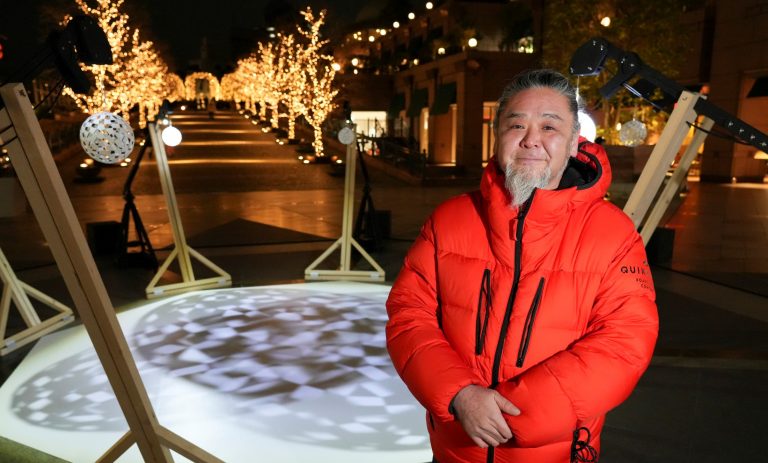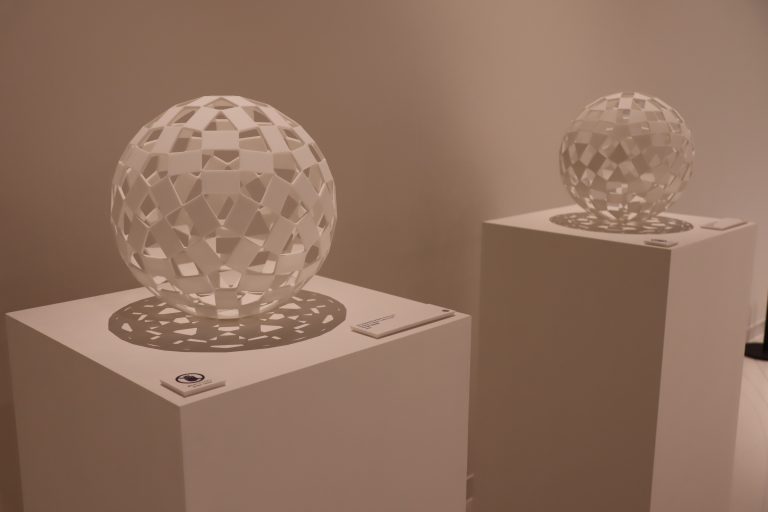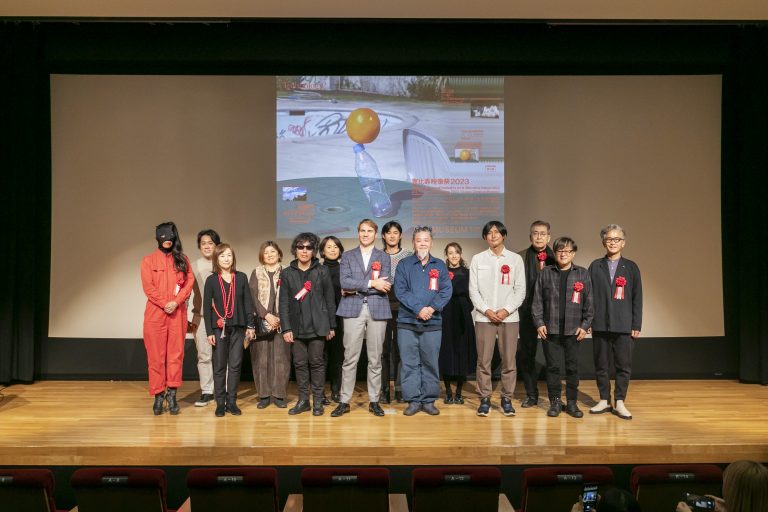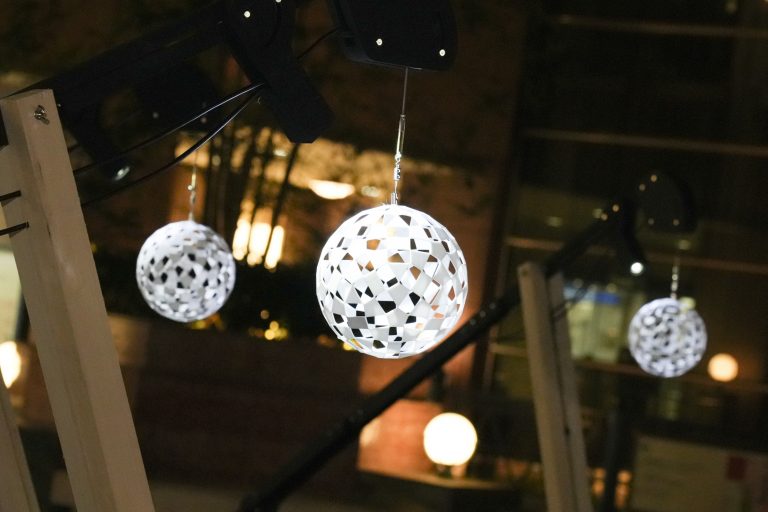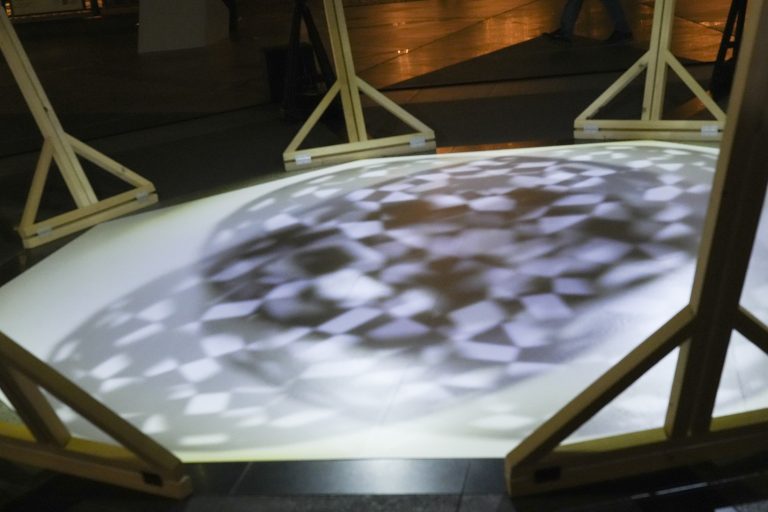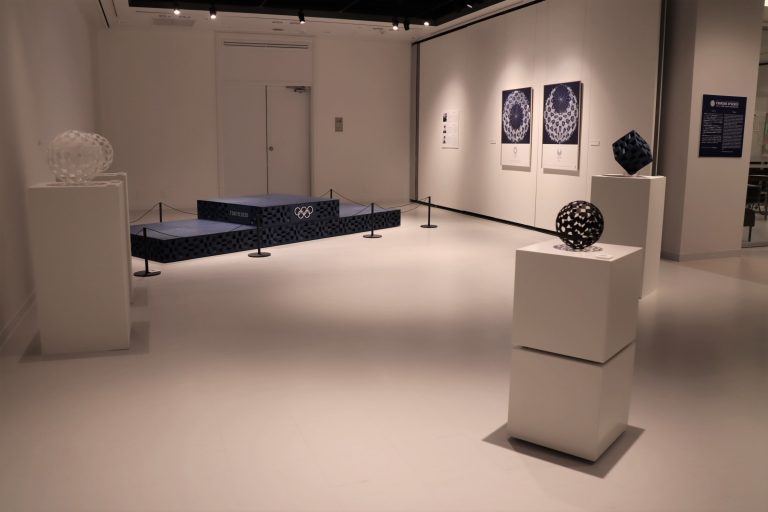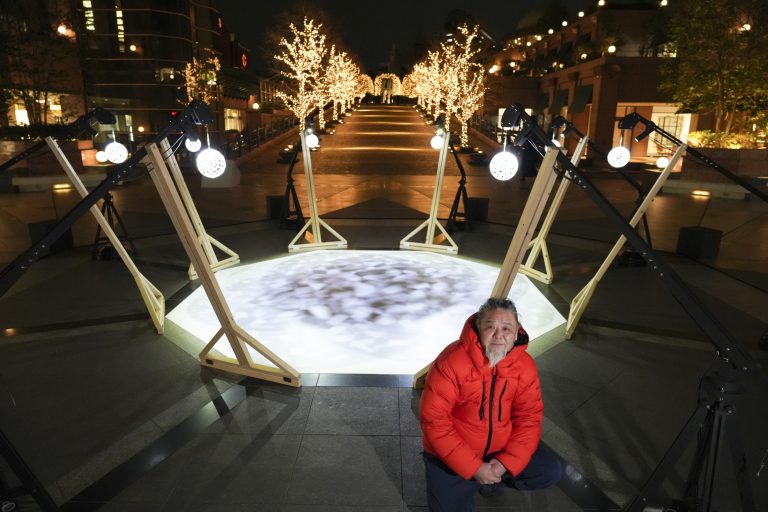Emblems that evolved into a sphere, and then into an installation
![]()
![]()
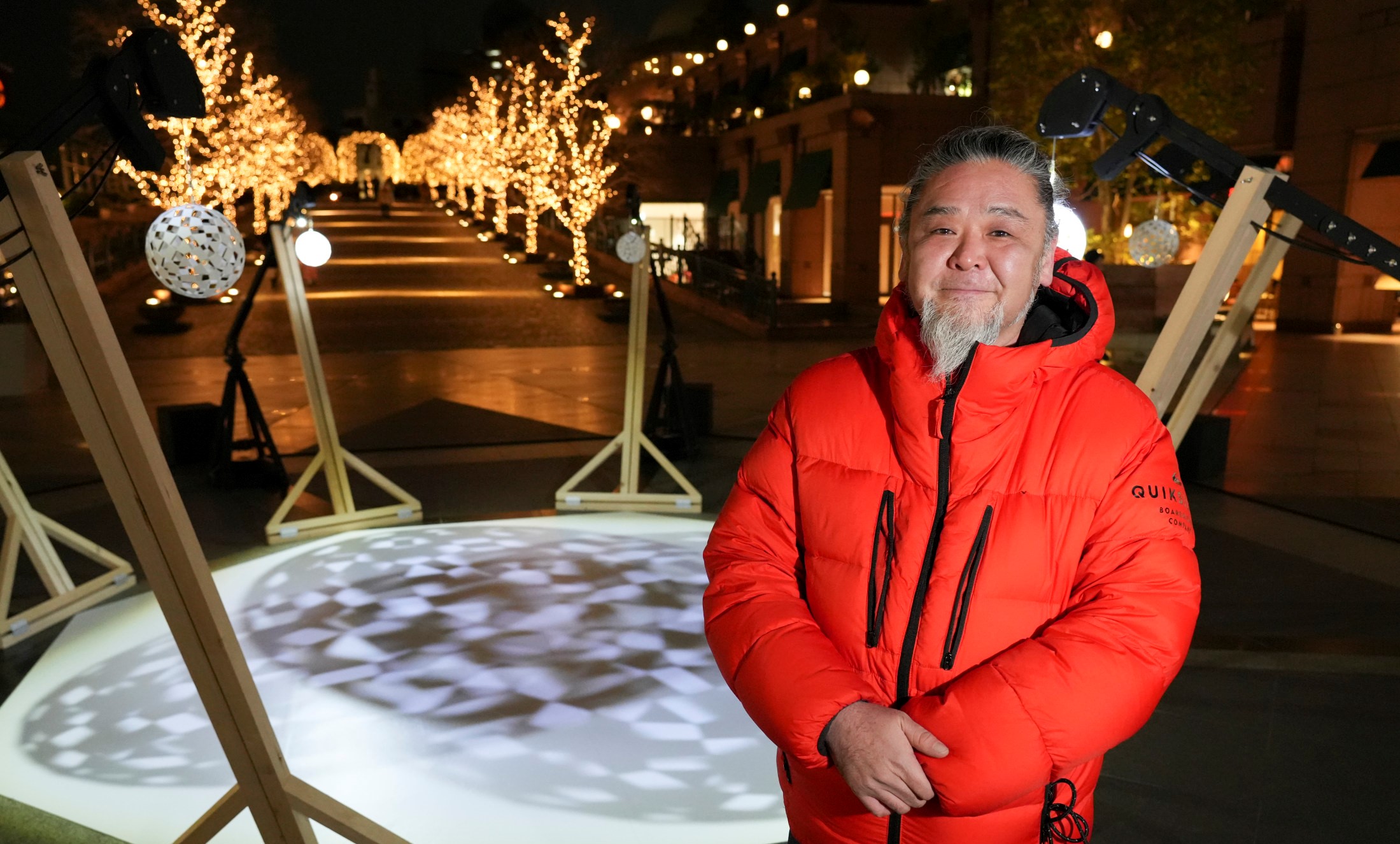
Asao Tokolo and FORMING SPHERES, an off-site exhibition produced in collaboration with the Civic Creative Base Tokyo (CCBT) for the Yebisu International Festival for Art & Alternative Visions 2023 Photo:Katsumi Minamoto
Asao Tokolo and FORMING SPHERES, an off-site exhibition produced in collaboration with the Civic Creative Base Tokyo (CCBT) for the Yebisu International Festival for Art & Alternative Visions 2023 Photo:Katsumi Minamoto
A Wish for Peace Linked to The Tokyo 2020 emblems
Special Interview:Asao Tokolo (Artist)
The kumi-ichimatsu-mon chequered emblem was the center of attention during the opening ceremony of the Tokyo 2020 Olympic Games, when it transformed into a globe during the aerial drone show. The pattern created from this production—the kumi-ichimatsu-mon (harmonized chequered) pattern in the form of a sphere—was reconfigured into a sculptural installation of light and shadow called FORMING SPHERES and displayed in an off-site exhibition at the Center Square of Yebisu Garden Place for the Yebisu International Festival for Art & Alternative Visions 2023 (February 3–19,2023).
This installation was a collaborative project by three artists and designers: Asao Tokolo, the designer of the official emblems of Tokyo 2020; Tomoki Hiramoto, who created the podium using 3D printing and other digital fabrication technology; and Kota Iguchi, who designed the “kinetic sport pictograms” also featured at the Games. They created the project as Artist Fellows of the Civic Creative Base Tokyo (CCBT) , which opened in October 2022. The “FORMING SPHERES” Prototype Exhibition was held concurrently at CCBT from February 7 through 16.
We interviewed artist Asao Tokolo about what went into the creation of this installation.
I have been creating geometric patterns inspired by the concept of “connecting” ever since the terrorist attacks on the United States on September 11, 2001. By creating infinitely connected patterns, I hope to realize a peaceful world in which societies and people are interconnected.
I created the emblems for the Tokyo 2020 Olympic and Paralympic Games by assembling 45 rectangles of three different shapes. A diverse array of potential patterns can be achieved by altering the arrangement of these rectangles. I utilized these changes to incorporate the message of “Unity in Diversity” into the emblems.
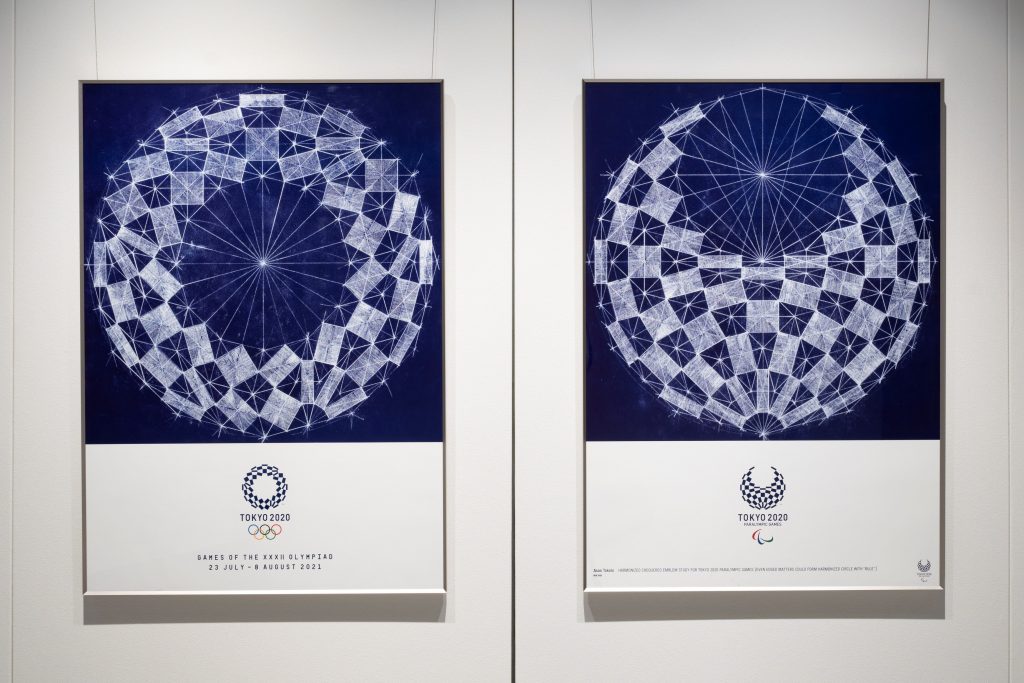
This emblem was recreated in the sky above the Japan National Stadium using 1,824 drones during a performance at the opening ceremony of the Tokyo 2020 Olympic Games. The emblem gradually morphed into a sphere, ultimately becoming the shape of the earth, a symbol of world peace. Although the performance was only a little over a minute long, it generated a very positive response, and I received many compliments on it. I worked with Kota Iguchi and Tomoki Hiramoto to create this performance, with Iguchi taking the lead. They are the same people I worked with this time to create FORMING SPHERES.

We discovered that the emblem, which consists of 45 rectangles, could be made into a circle using exactly 60 rectangles by fitting more rectangles into the missing circular area at its center. If we inflated two of these circles like a paper balloon—or, in other words, if we formed a shape from 120 rectangles using drones—would it be possible to make it into a sphere while retaining the emblem’s pattern? This idea became our starting point for designing a sphere that we called the “120 chequered sphere.” We then began to think about how we could make this sphere look more appealing.
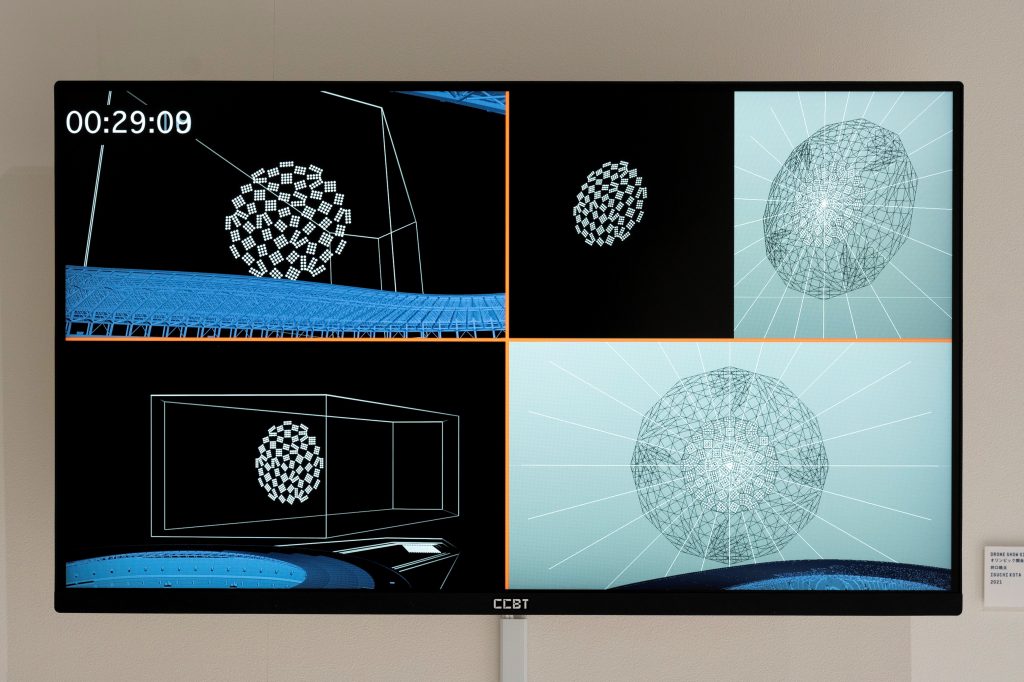
That said, the opening ceremony performance for the Tokyo 2020 Olympic Games was organized on a tight schedule that made it extremely difficult to put together. We were first approached in the spring of 2021, and the opening ceremony was scheduled to be held in July. Hiramoto was already working on the podium for Tokyo 2020, while Iguchi was working on the kinetic sport pictograms for the Games, so we all had to piece together enough time from our schedules to get it done. Fortunately, we were able to finish the work on time and the final performance turned out beautifully.
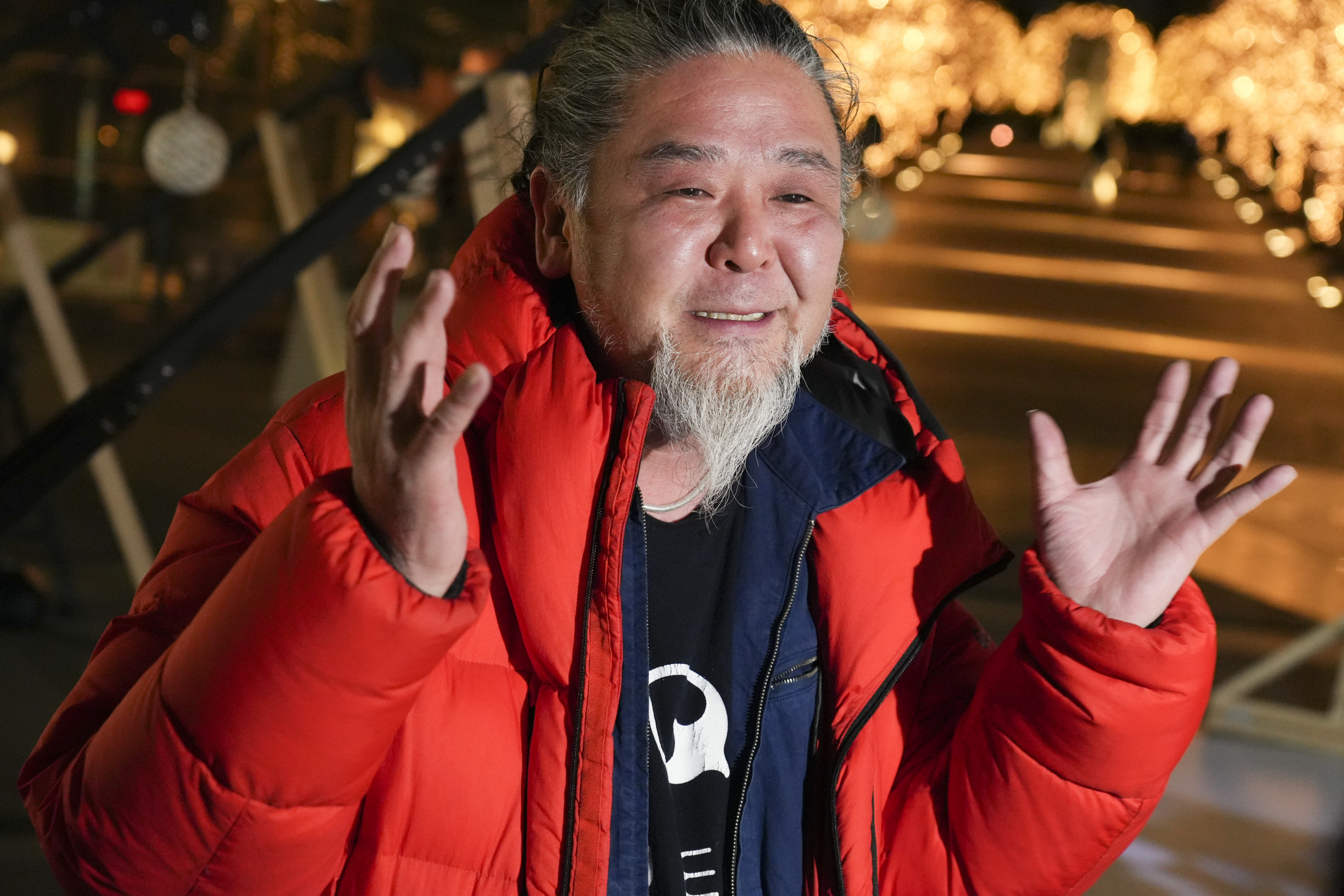
In the midst of this intense work process, Hiramoto 3D printed a model of the sphere made from 120 rectangles. It was truly beautiful. When an external light was shone on the sphere, it generated shadows that were even more beautiful than the sphere itself. While we were drinking together, we experimented by shining strong lights and colored lights on the sphere. We must have looked silly, being two grown men gleefully looking at the shadows and squealing in delight (laughs).
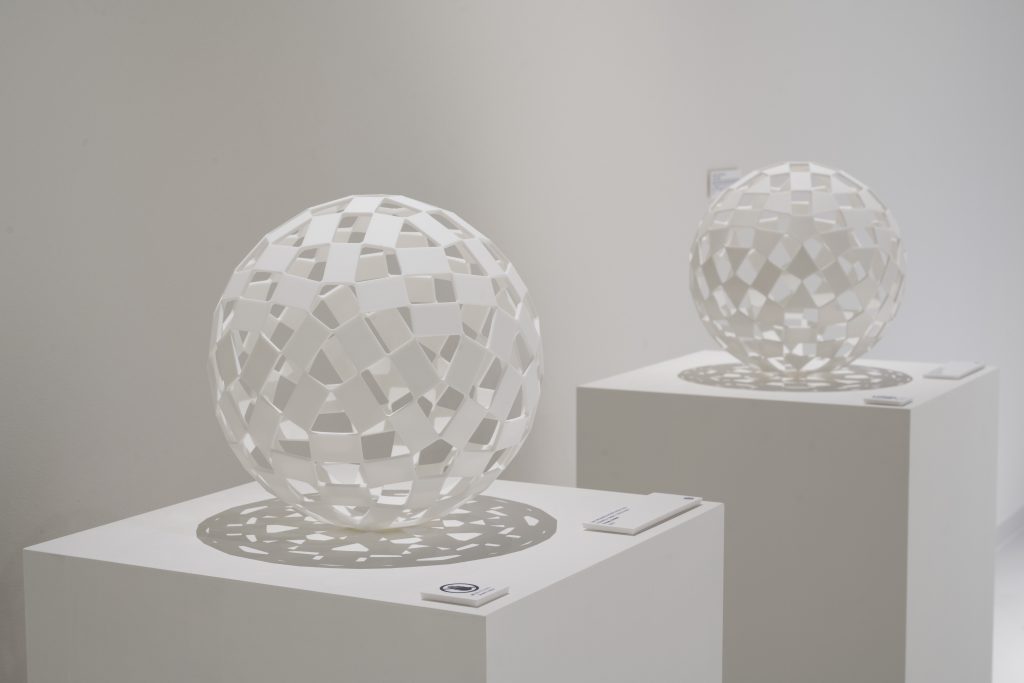 120 CHEQUERED SPHERE [NEGATIVE]+[POSITIVE], Tomoki Hiramoto, Asao Tokolo, 2023 (from the “FORMING SPHERES” Prototype Exhibition at CCBT) Photo: TADA (YUKAI Co., Ltd.)
120 CHEQUERED SPHERE [NEGATIVE]+[POSITIVE], Tomoki Hiramoto, Asao Tokolo, 2023 (from the “FORMING SPHERES” Prototype Exhibition at CCBT) Photo: TADA (YUKAI Co., Ltd.)
Akio Seki, curator at the Tokyo Photographic Art Museum, came to see the sphere. Like us, he was extremely interested in the sphere and its shadows. This led to a discussion about presenting our work at the upcoming Yebisu International Festival for Art & Alternative Visions and at CCBT. Seki had also worked at the Museum of Contemporary Art Tokyo. He had selected me for the MOT Annual 2010 exhibition held there in 2010, which gave me an opportunity to present my work there. That exhibition was a major turning point in my career as an artist. It may be fate that I now have many close ties with the Tokyo Metropolitan Government’s cultural facilities.
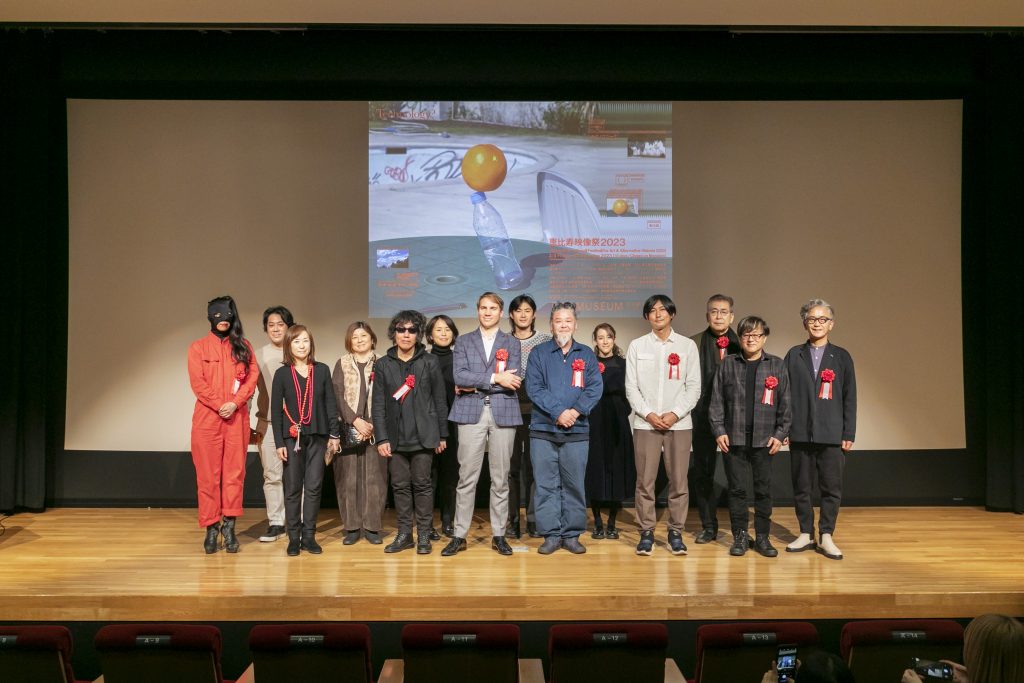
Transforming the beauty of floating shadows into a work of art
FORMING SPHERES is a sculptural installation featuring the spherical kumi-ichimatsu-mon pattern that appeared during the opening ceremony of the Tokyo 2020 Olympic Games. These spheres are illuminated by lights to create projected shadows that shift and move around. Tomoki Hiramoto played a central role in this project.
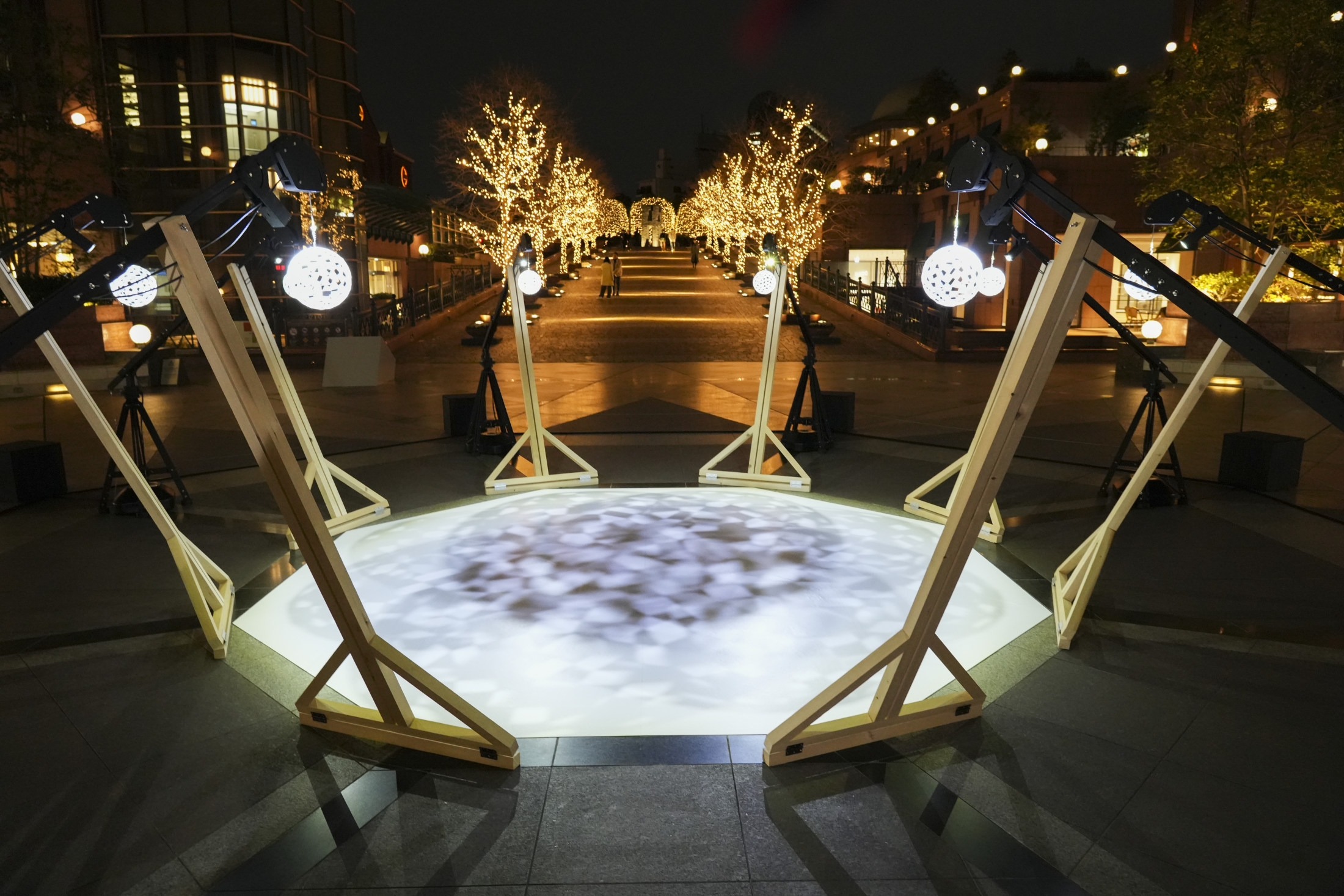 Asao Tokolo + Tomoki Hiramoto + Kota Iguchi, FORMING SPHERES, 2023, at the Center Square of Yebisu Garden Place Photo:Katsumi Minamoto
Asao Tokolo + Tomoki Hiramoto + Kota Iguchi, FORMING SPHERES, 2023, at the Center Square of Yebisu Garden Place Photo:Katsumi Minamoto
Eight spheres are arranged in a circle with lights shining on them from the outside, casting shadows in the center of the circle. Different shadows are created when the light source is moved or when multiple light sources are used. Although the eight spheres look identical, there are actually two types of spheres. One is simply a combination of the three types of rectangles. The other is an inversion of the former, created by printing out the non-rectangular areas, which results in different shadows. When the two are combined, mysterious striped shadows are created in an endless succession, just like a kaleidoscope. FORMING SPHERES is an installation that encourages you to enjoy the beauty of these shadows.
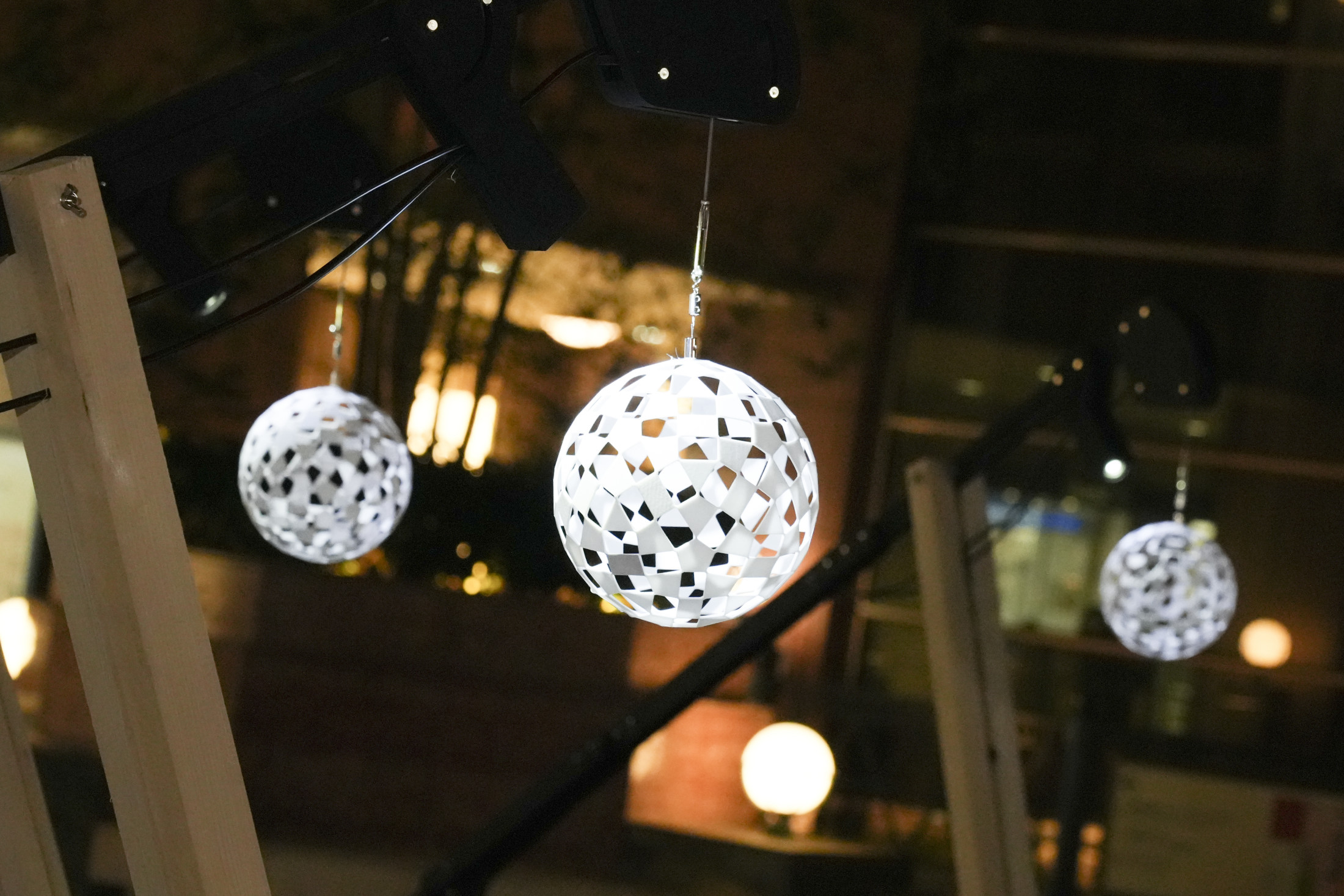
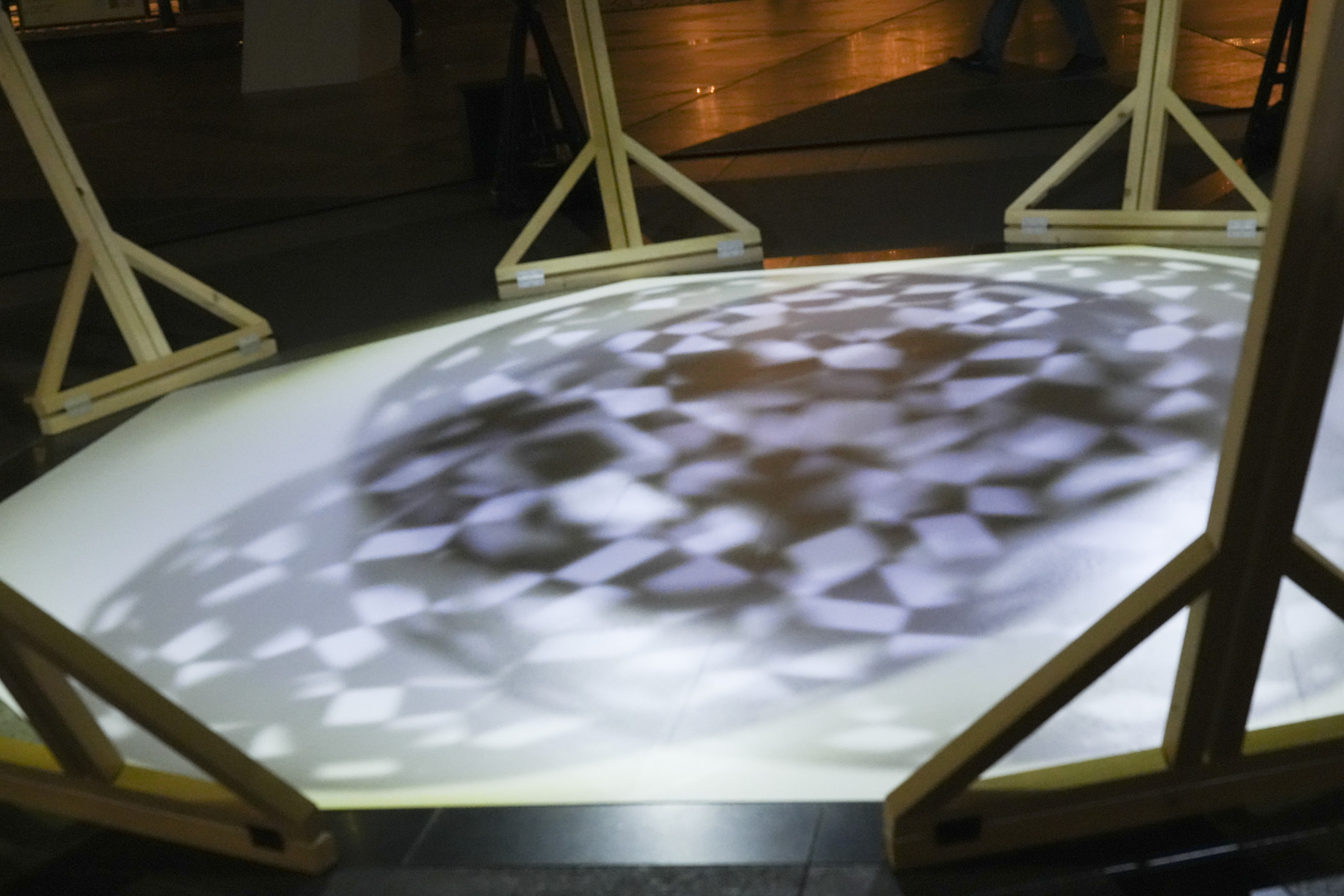
Despite making full use of cutting-edge technology, such as designing the sphere on a computer and printing it out with a 3D printer, the subject of the work is the sphere’s primitive “shadow.” This, I feel, matched the theme of the Yebisu International Festival for Art & Alternative Visions 2023, which was “Technology?”
I am really happy that this piece has continued to develop in new directions and that I was able to present it as a new work of art in Tokyo even after Tokyo 2020 ended. I hope this shows that the Games did not end after those few weeks, but will continue to live on with us for a long time.
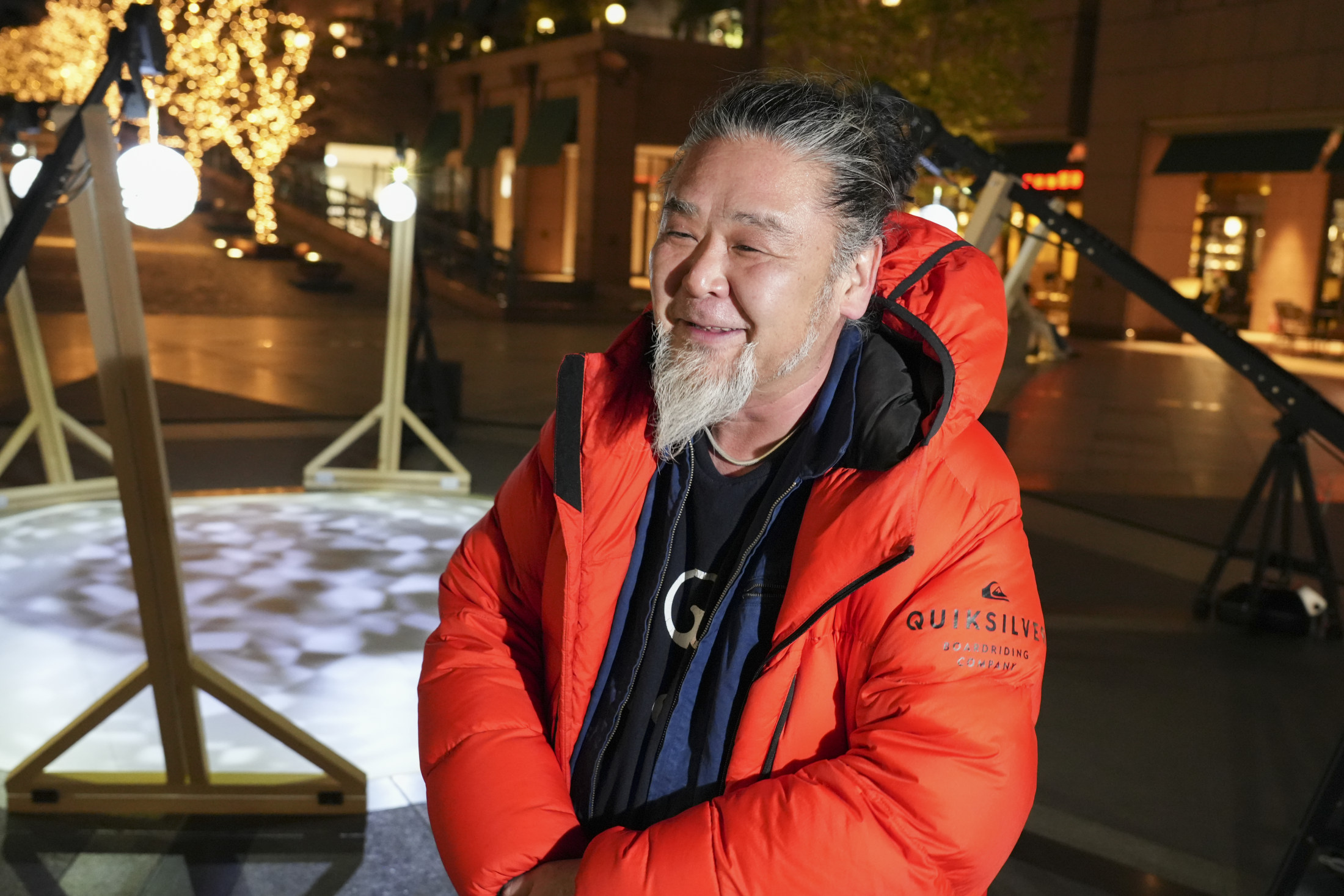
This installation would look very different with a few changes, such as if it were exhibited indoors, or with more spheres, or if it were made larger. Also, although it was exhibited in Ebisu this time, I think its meaning and significance would change if it were exhibited in different locations around the world. It serves as an expression of world peace and diversity, so I hope to be able to develop it even further in the future.
As a Civic Creative Base Tokyo [CCBT] fellow
FORMING SPHERES is also a project that we created as fellows of the Civic Creative Base Tokyo [CCBT]. CCBT is a facility that was launched by the Tokyo Metropolitan Government and the Tokyo Metropolitan Foundation for History and Culture in October 2022 to serve as a hub where the public can explore their creative imaginations through the use of digital technology. In conjunction with the Yebisu International Festival for Art & Alternative Visions, CCBT held an exhibition from February 7 to 16 of the FORMING SPHERES prototypes and podiums (owned by the Tokyo Metropolitan Government) that Hiramoto took charge of creating. Since CCBT is located close to Ebisu in Shibuya, viewers could appreciate FORMING SPHERES on a deeper level by visiting the exhibition in tandem with the Yebisu International Festival for Art & Alternative Visions.
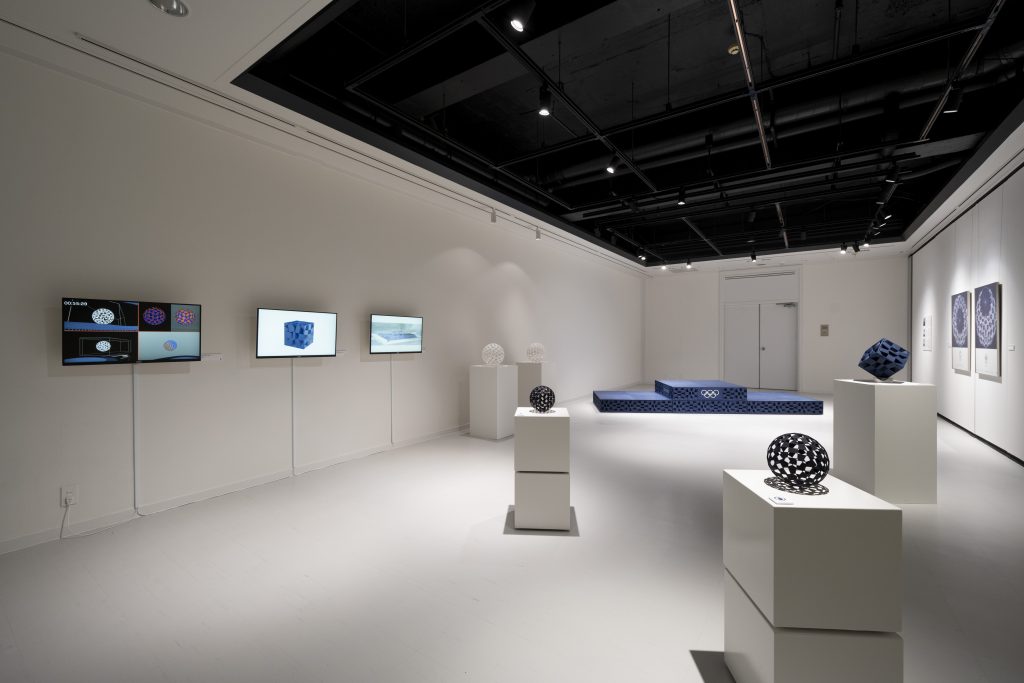
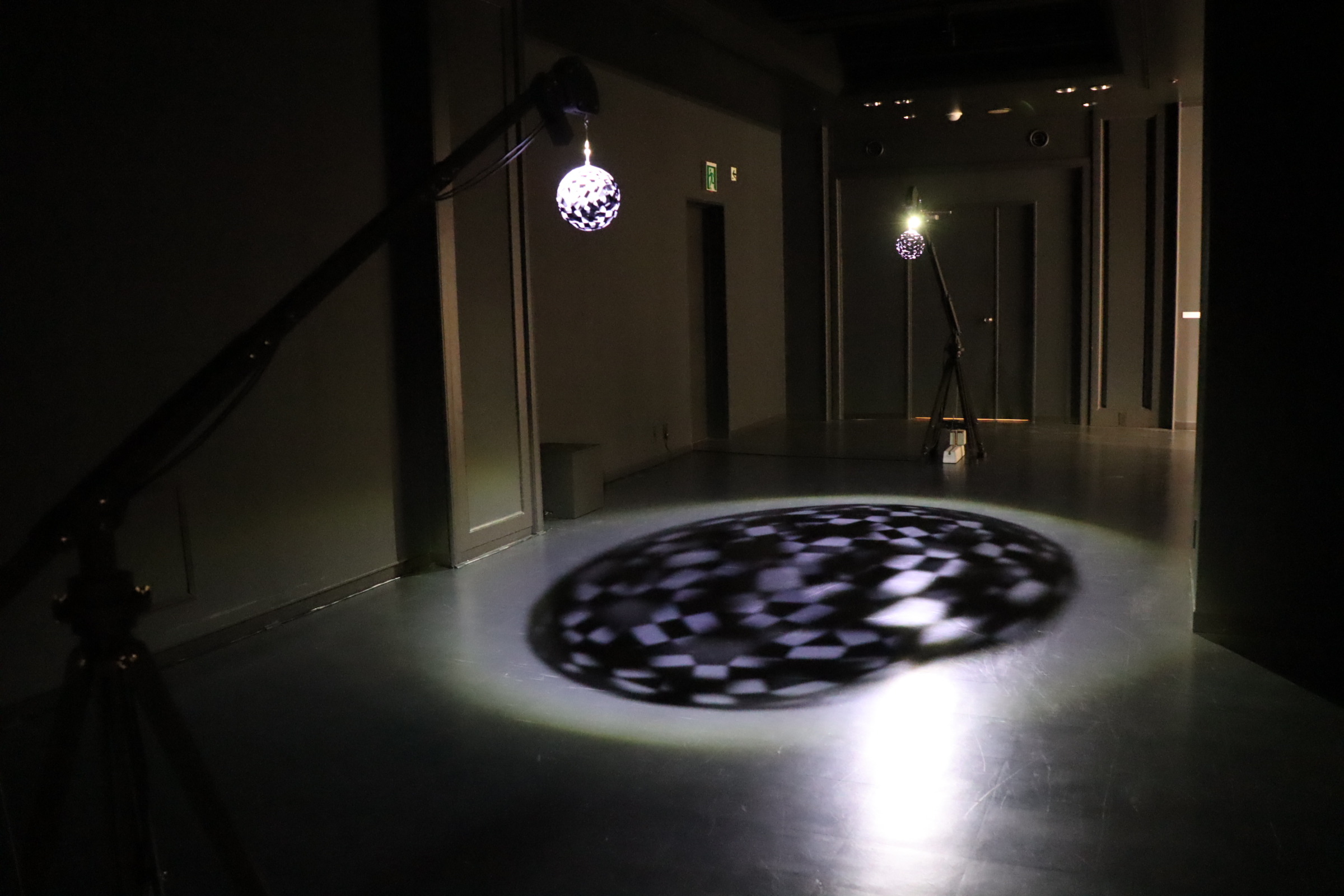
It is wonderful that hubs for artists’ activities like CCBT are being established in Tokyo. I was once involved as an artist with BankART, Yokohama City’s hub for artistic activities, and it was very inspiring for me. When there is nothing in particular to do, you can go there to meet and talk with other artists and people interested in art. The fact that such places exist is very encouraging for young artists. I am glad that the Tokyo Metropolitan Government has created a facility like this in Shibuya, and I hope that it will be a place where people from all walks of life will visit and inspire each other.
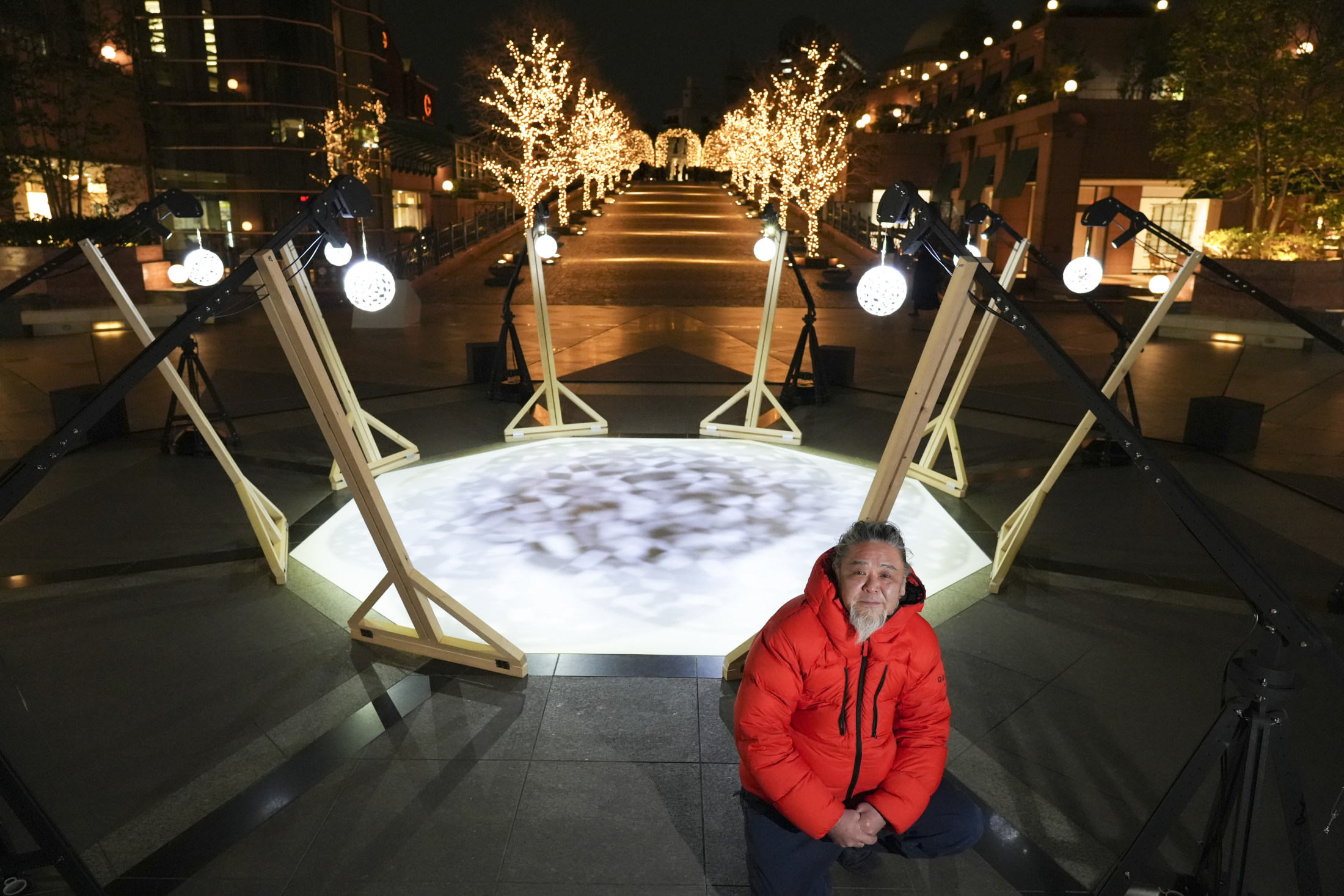
I mentioned earlier that I may have been fated to have close ties with Tokyo’s art museums, but come to think of it, the Tokyo Metropolitan Government was at the center of Tokyo 2020, the Yebisu International Festival for Art & Alternative Visions, and CCBT. I feel that I have a really great “connection” with them all. I certainly hope that Tokyo and CCBT will trigger many more connections to be made among other artists.
Reporting and text: Moyo Urashima
Translation: Jena Hayama
★ Video interviews with Asao Tokolo, Tomoki Hiramoto, and Kota Iguchi are available on the Yebisu International Festival for Art & Alternative Visions’ YouTube channel! Be sure to watch them as well. *Available in Japanese only
Profile
-
Asao Tokolo
Artist. Tokolo Asao was born in Tokyo in 1969. He studied architecture since his childhood under Egashira Shin, and began to create patterns on September 11, 2001. Under the theme of “connecting,” he continues to work across the boundaries of art, architecture, design, and other fields. He also designs and produces three-dimensional objects based on the same principle. Major works include emblems for the Tokyo 2020 Olympic and Paralympic Games, a glass pattern for the Dainagoya Building’s lower level, the Tokolo Pattern Magnet, etc. In addition, he has been a part-time lecturer at the University of Tokyo’s Faculty of Engineering since 2016, and at the University of Tokyo’s College of Liberal Arts since 2018. -
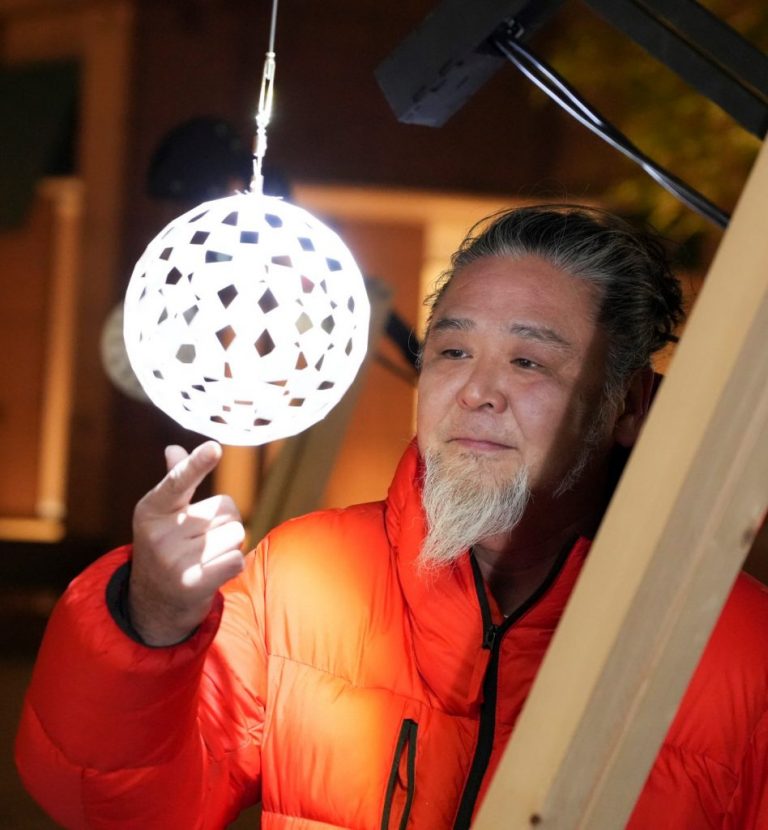
Interview Back Number
- Actor Hiroki Suzuki visits the Yebisu International Festival for Art & Alternative Visions 2024. What inspired the theme 30 Ways to Go to the Moon?
- A Botanical Tour of the Tokyo Metropolitan Teien Art Museum, Now Celebrating Its 40th Anniversary
- Journey Back in Time to Ginza during the Meiji Period to Discover the Birth of Modern Tokyo! Now Available: “Hyper Edohaku Ginza: From Edo to Tokyo,” the Latest Version of the Edo-Tokyo Museum’s Smartphone App
- Special Interview:Asao Tokolo
- Special Interview : Li Kotomi
- Special Interview : Mika Ninagawa
- Special Interview : Shoko Haruki & Katsuya Taniguchi
- Special Interview : Kyoichi Tsuzuki
- Special conversation : Jun Miura & Akihide Mochizuki
- Special Interview : Contemporary Art Team [mé]
- Special Interview : Kishin Shinoyama
- Special Interview : Daito Manabe and Motoi Ishibashi (Rhizomatiks)
- Special Interview : ONO Kazushi
- Special Interview : Contemporary Art Team [mé]
- Special Interview : Shingo Katori
- Special Interview : Mizuki Yamamoto
- Special Interview : Tomoe Shinohara
- Special Interview : Takahiko Kozuka
- Special Interview : Kosaka Daimaou
- Special Interview : Rei Dan
- Special Interview : Shihori Kanjiya




